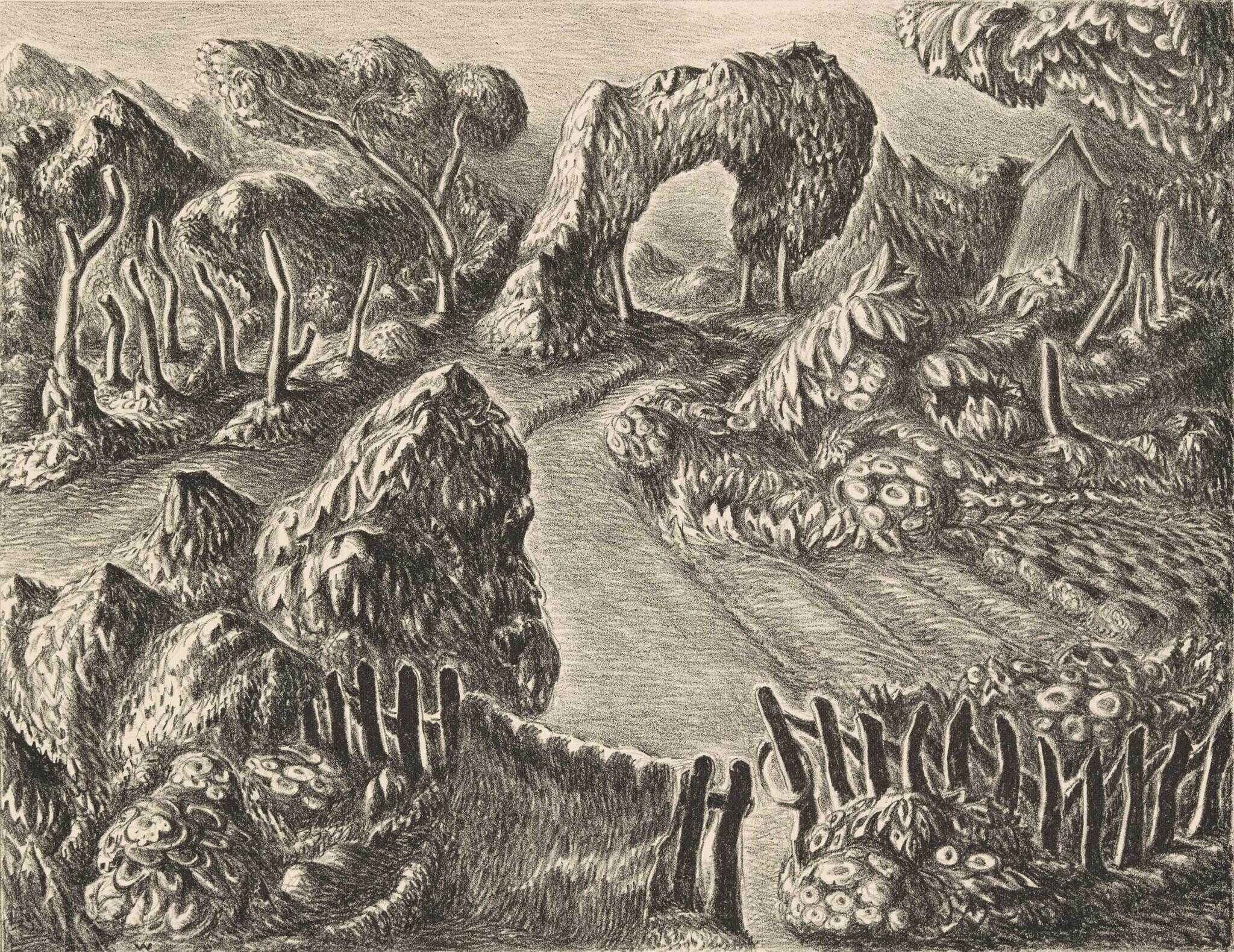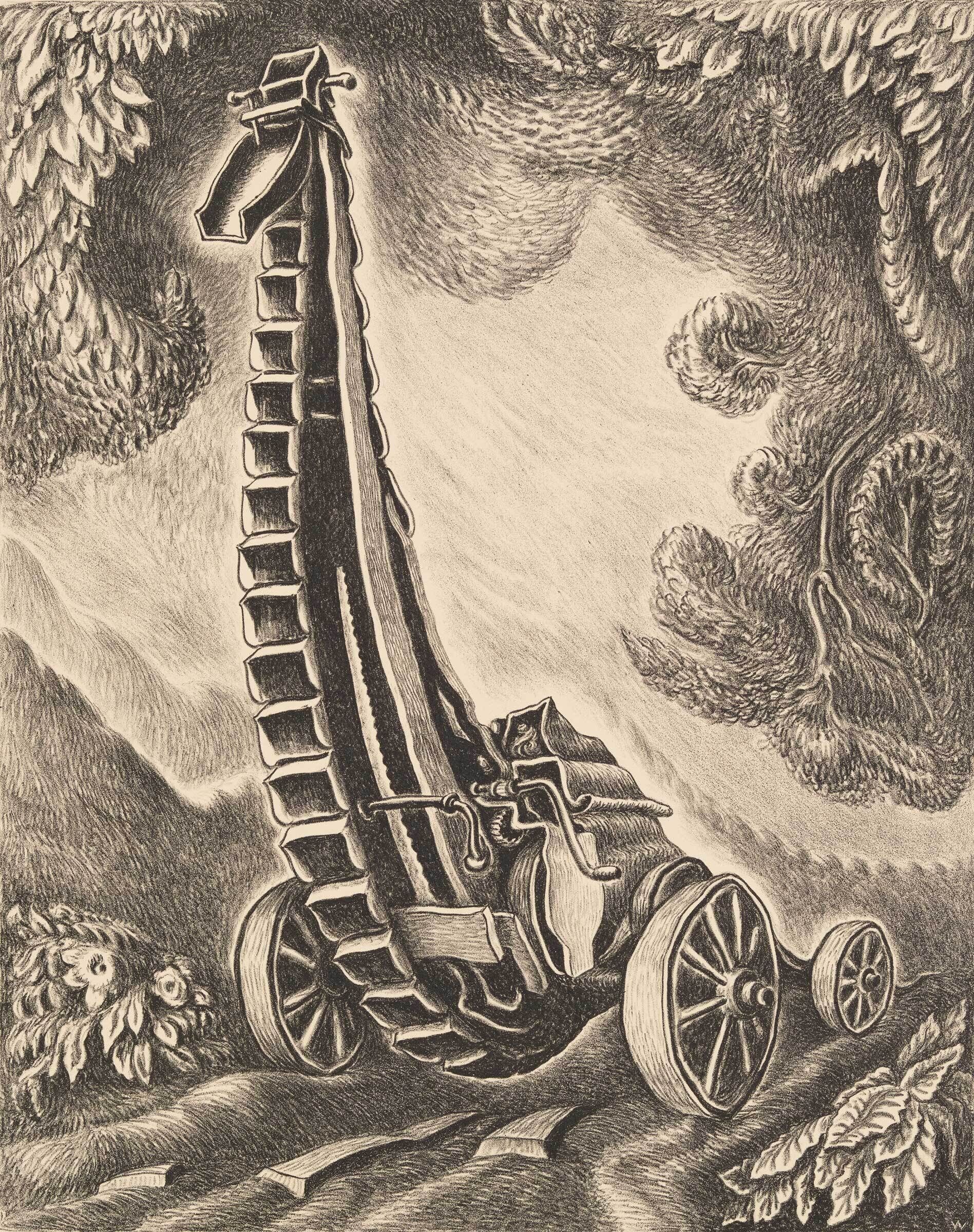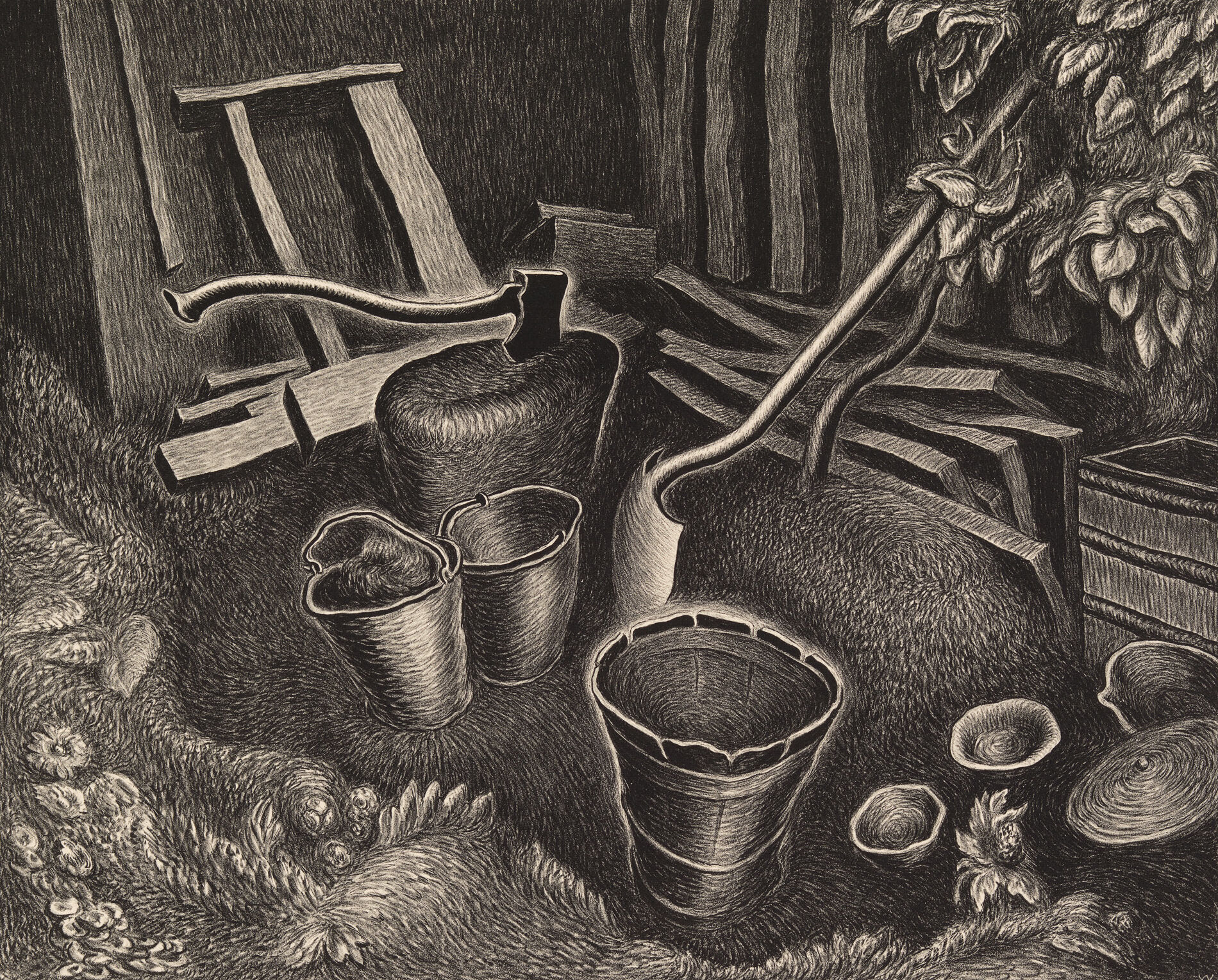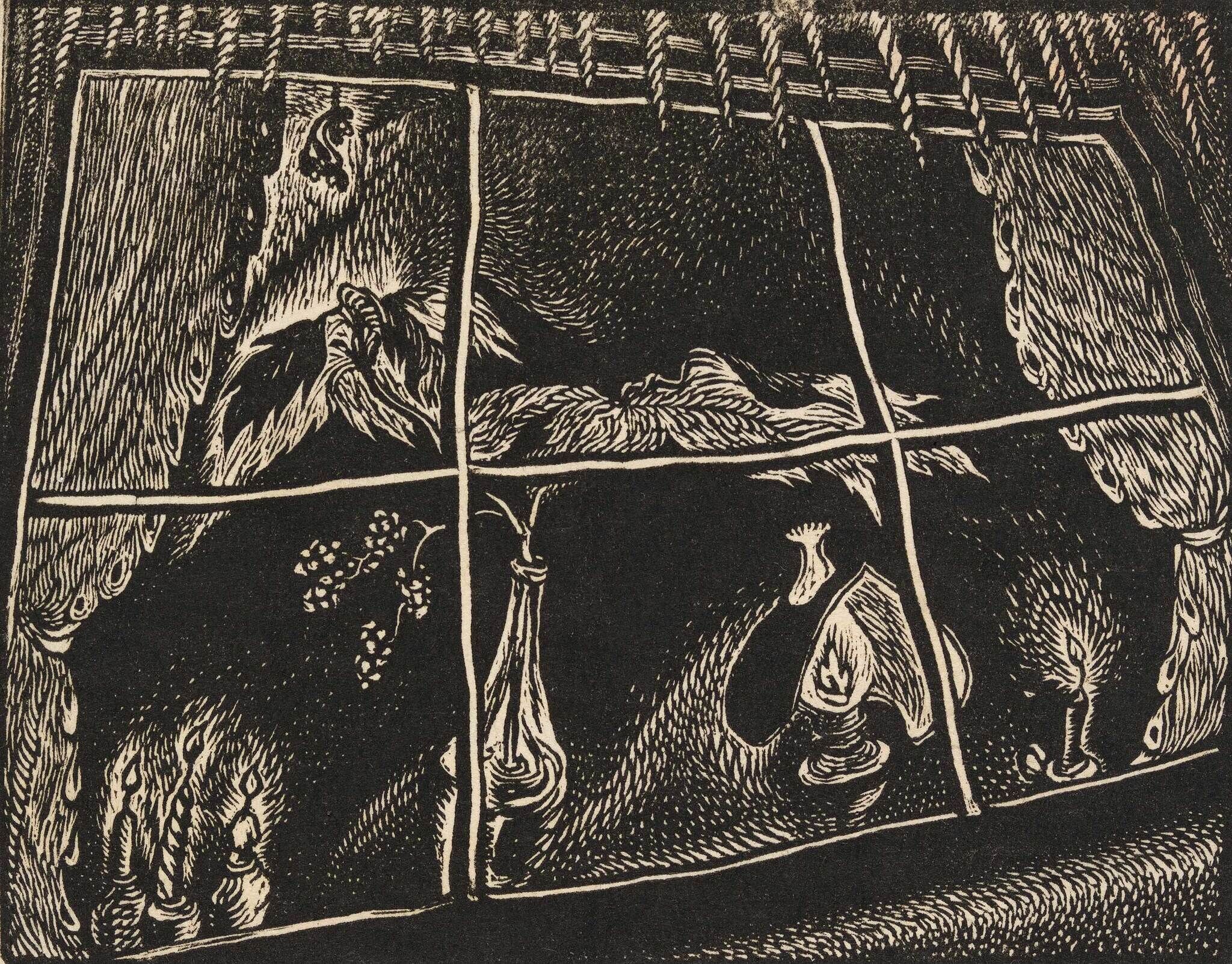Wanda Gág’s World | Art & Artists
Mar 28–Dec 2, 2024
Wanda Gág’s World | Art & Artists
“Everything I looked at cried out to be captured”
3
Gág preferred working in the countryside—first in rural Connecticut, later in New Jersey—where she felt most inspired to draw. Describing the productive summers she spent from 1925 to 1930 in a rented farmhouse she called Tumble Timbers, Gág wrote in her diary:
“Everything I looked at cried out to be captured and set down on paper. It mattered little whether I looked at a landscape or a junk heap, a cat or a flower or a weed, my Sears-Roebuck bed, or my bare kitchen—each thing had a personality and a life of its own, and all arranged themselves in ready-made compositions about me.” —Gág, diary entry, 1938




